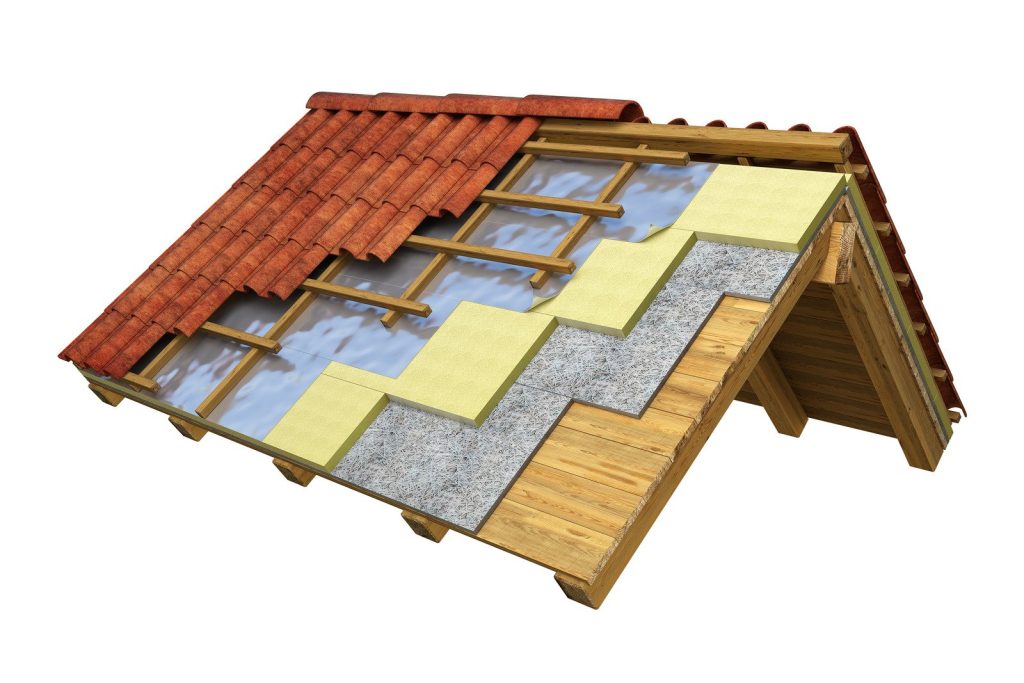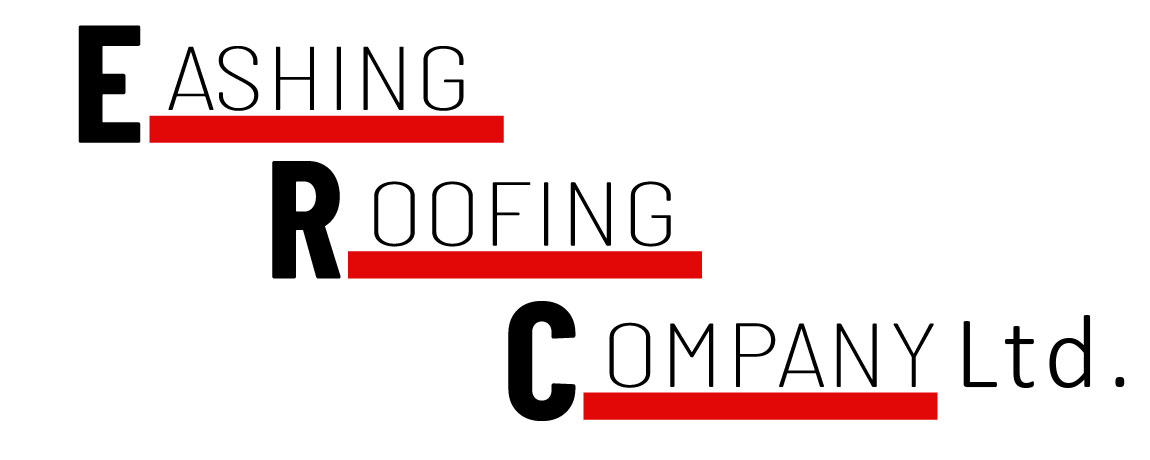Roofing Layers Explained: What Goes Under the Shingles?
When it comes to roofing, understanding what lies beneath the shingles is essential. Each layer serves a specific purpose, contributing to the roof’s overall performance and durability. From the structural support of the decking to the moisture protection offered by underlayment, every component plays a significant role. But what about insulation and ventilation? These elements are equally important for energy efficiency and longevity. Let’s explore each layer’s function and how they work together to protect your home.

Key Takeaways
- Roof decking provides a sturdy foundation for shingles, distributing weight and ensuring structural integrity.
- Underlayment acts as a moisture barrier, protecting the roof and underlying structures from water damage.
- Insulation helps regulate temperature and energy efficiency, preventing heat loss in the home.
- Ventilation maintains airflow in the attic, reducing moisture buildup and the risk of mould growth.
- Flashing protects vulnerable areas like joints and penetrations, directing water away to prevent leaks.
The Importance of Roof Decking
When you consider the overall integrity of your roof, the importance of roof decking becomes clear.
Decking materials, such as plywood or oriented strand board (OSB), serve as the foundation for your roofing system. They provide essential support and help distribute the weight of the roofing materials evenly. Without proper decking, your roof’s structural integrity could be compromised, leading to sagging or even collapse over time.
Furthermore, high-quality decking can improve your roof’s resistance to adverse weather conditions, such as wind and rain. It acts as a barrier against moisture, preventing leaks and mould growth.
Investing in the right decking materials not only strengthens your roof but also extends its lifespan, ensuring your home remains protected for years to come.
Underlayment: The First Line of Defence
Underlayment acts as your roof’s first line of defence against the elements.
It’s vital for protecting the underlying structures from moisture, wind, and ice damage. There are various underlayment types, including felt, synthetic, and rubberised asphalt.
Felt underlayment, made from asphalt-saturated materials, is traditional but can degrade over time.
Synthetic underlayment, typically made from polypropylene or polyethylene, offers superior durability and moisture resistance.
Rubberised asphalt combines a waterproof layer with excellent adhesion, making it ideal for areas prone to heavy rain or snow.
Choosing the right underlayment materials is significant as it directly influences your roof’s longevity and performance.
A quality underlayment guarantees your shingles work effectively, enhancing overall roof protection.
Insulation: Keeping Your Home Energy Efficient
Insulation plays an essential role in maintaining your home’s energy efficiency by regulating temperature and reducing heat loss. Proper insulation materials, such as fibreglass, foam boards, or spray foam, create a thermal barrier that keeps your home warm in winter and cool in summer.
When selecting insulation, consider factors like R-value, which measures thermal resistance. Higher R-values indicate better energy efficiency, meaning less energy is required for heating or cooling.
It’s vital to insulate areas like attics and walls effectively, as these spots are common heat loss points. Additionally, verify your insulation is installed correctly to avoid gaps that could compromise its effectiveness.
Ventilation: Promoting Airflow and Avoiding Damage
Effective ventilation is crucial for maintaining a healthy roofing system and preventing damage to your home. Proper airflow helps regulate temperature and moisture levels in your attic, reducing the risk of mould and wood rot.
Soffit vents installed at the eaves draw in cooler air, while ridge vents at the peak of your roof allow hot air to escape. This balanced ventilation system guarantees that air circulates freely, keeping your roofing materials in good condition.
Without adequate ventilation, trapped heat can cause shingles to deteriorate prematurely, leading to costly repairs. Regularly inspect your ventilation system to confirm it’s functioning at peak performance, as this can greatly extend the lifespan of your roof and protect your home’s integrity.
Flashing: Protecting Vulnerable Areas of the Roof
How can you guarantee that the most vulnerable areas of your roof remain protected from water intrusion? The answer lies in effective flashing.
Flashing is critical for safeguarding joints and penetrations, such as chimneys, skylights, and vents. Utilising quality flashing materials like aluminium, copper, or galvanised steel guarantees durability and resistance to corrosion.
Proper installation techniques are essential; you’ll want to overlap seams and secure flashing beneath shingles to direct water away from these vulnerable points. Additionally, using sealants at joints can improve waterproofing.
Regularly inspect your flashing for signs of wear or damage, and replace it as needed. By prioritising these elements, you can greatly reduce the risk of leaks and prolong your roof’s lifespan.
Frequently Asked Questions
How Often Should Roofing Layers Be Inspected or Replaced?
You should inspect roofing layers at least twice a year, ideally in spring and autumn. If you notice damage, plan for replacement within 15-30 years, depending on material quality and environmental factors affecting your roof.
What Materials Are Best for Roof Decking?
For roof decking, you’ll find plywood options provide durability and moisture resistance, while OSB benefits include cost-effectiveness and ease of installation. Choosing the right material impacts your roof’s overall performance and longevity greatly.
Can I Install Shingles Over Existing Layers?
You can install shingles over existing layers, but ascertain the base’s layer durability is sufficient. Proper shingle installation techniques are vital to avoid trapped moisture and premature wear, so check local building codes beforehand.
How Do Weather Conditions Affect Roofing Layers?
Weather conditions directly impact roof durability and weather resistance. Extreme temperatures, heavy rain, or snow can weaken materials, causing premature wear. Understanding these effects helps you choose the right roofing system for ideal performance against environmental challenges.
What Are the Signs of Roof Layer Damage?
You should look for inspection signs of roof layer damage, like leaks, sagging areas, or missing shingles. Discolouration or mould might indicate moisture issues, while granule loss can signal deterioration in the protective layer.
Conclusion
Understanding roofing layers is essential for maintaining a durable roof. Each component, from the sturdy decking to the protective underlayment, plays an important role in safeguarding your home. Insulation improves energy efficiency, while proper ventilation prevents moisture buildup and mould growth. Don’t overlook the importance of flashing in protecting vulnerable areas. By ensuring all these layers work together effectively, you can optimise your roof’s performance and longevity, ultimately protecting your investment for years to come.
